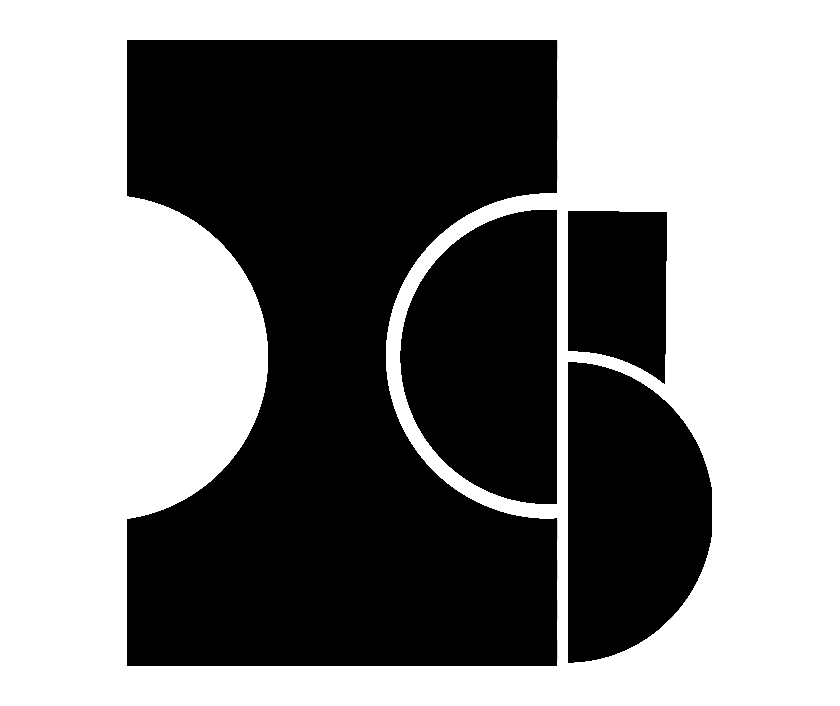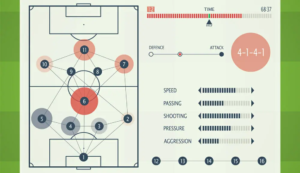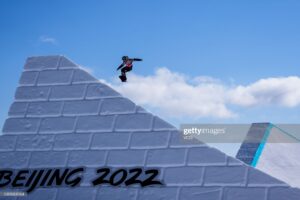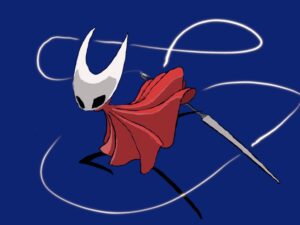In this article, we will be taking a deeper look into what happened when Manchester United visited Liverpool at Anfield on the 6th of March. The game showed that Jurgen Klopp is still elite with his in-game tactical adaptation, letting Liverpool run out 7-0 winners with a strong second-half performance.
Line-ups
Liverpool in possession:
United defended in more open-play situations. They had things more under control with a 4-1-4-1 defensive structure, with the wingers defending somewhat narrowly. But what killed United in this match was the pressing structure used when they tried to be more proactive in hopes of getting the ball back. What’s interesting is that Liverpool actually had a similar press shape in some aspects but we will look at what Klopp did differently to compensate for that shape. Whilst United was active, Rashford would press one of the center-backs with the far-side winger looking to join where there was Antony or if Rashford was pressing Van Dijk, we would see Fernandes come in off the left-hand side. This is a shape commonly used by Ten Haag’s side of late and the shape tends to leave the fullbacks with a little more room. The problem in this match was that Trent and Robertson are elite on-the-ball fullbacks.
In the picture above, we see that Rashford is looking to pick up Van Dijk so Fernandes has begun to come in central to press Konaté. Robertson may be marked by Anthony but this means that Trent on the far side has more room.
This problem could be even worse than just Rashford and Fernandes being committed. Alisson could be quite involved in the build-up in the first phase with Van Dijk and Konaté splitting to form a genuine back three which would also allow Trent and Robertson to push higher up and provide the width. In these situations, Fernandes would pick up one man, Rashford another and that would mean that Antony would join in as well. This means the whole front 3 were committed. Robertson and Trent had even more space available.
Klopp made this more effective because it wasn’t just about what was going on in Liverpool’s defensive third. Naturally, the shapes used by both managers mean that the midfield becomes a more man-to-man battle. That could look like the picture below:
What we would often see in the middle third is that Elliot would look to push up high on the right-hand side, looking to overload Shaw in this 2v1 situation with Salah. But as it stood in the midfield, United could just shift across to prevent that overload although the fullback would still be free. As seen below:
Gakpo would be willing to drop into the midfield at times to make it a 4v3. In a situation like below, where he is the furthest man out towards the flanks, the overload is less impactful so Liverpool could allow him to have that space in this type of situation.
In this type of situation, we see United’s midfield effectively man-to-man. Eliot moves to the right so Casemiro needs to cover and here we see that Gakpo has dropped into the midfield so Fred moves towards him. Because Henderson is the furthest from the ball side, he is left as the free man but is not found in this situation. Essentially, this is what United had to do when there were 4v3 down.
Liverpool could make the Gakpo presence even more telling. What Ten Haag usually does in this pressing shape is that as the ball progresses to the fullback. He is willing to commit Dalot to press, making the rest of the back four shift across. However, in this match, Gakpo tended to drop deeper into this left-hand side position with Nunez pushing high so Nunez’s presence would mean Dalot would be reluctant to push forward due to his pace. Even if the rest of the back three looks to shift across as we saw before, Gakpo would still be the free man in this Midfield situation. What we saw instead was that Varane would often have to commit to dropping deep with Gakpo, leaving a massive gap in the back line whilst Robertson was still the man with a lot more space.
Here is an example of Gakpo dropping deep on the left and Robertson providing the width. In this scenario, Varane has had to follow. Out of shot, Nunez is locking up Dalot.
Though there had been a gap between the two defenders that Nunez was looking to exploit with the central run the ball was intercepted.
We see shades of everything mentioned in the lead-up to the first goal. Firstly, with the front three being drawn into Liverpool’s back three and Robertson having the space to receive. Then, the ball has worked back and we see United’s front two shapes with Fernandes being drawn in, now leaving Trent free. Next, Gakpo was in the left-hand side position. United’s midfield is man-to-man with Fred keeping an eye on Henderson, meaning Gakpo is still free on the left-hand side. Alisson then finds Robertson with Antony, having been high up the pitch. In this scenario, rather than Nunex staying wide to lock up Dalot, he moved centrally to lock up Varane instead so Dalot aggressively closed down Robertson. Gakpo had the run on Fred into the space ahead. Fred was in an unfamiliar right-back position and Robertson produced a great pass, allowing Gakpo to cut in and score.
Liverpool did not only take advantage of United’s shape by directly going over the top. When Konaté was on the ball in particular, and Fernandes was drawn in. Trent, much like Robertson on the far side, would have the room to receive. With Salah high up on the right-hand side at times, Shaw was unlikely to press Trent so the midfield of United would be drawn across instead in order to compensate for this shape. Since Nunez often operates in the spaces just outside of the box as a center forward, as well as Gakpo. Robertson had all the room on the left-hand side to then receive the switch and look to make the difference high up. Seen in the image below:
United in possession:
In the first half from the goal kick as well as an open play, Liverpool’s pressing shape often had Gakpo deeper helping the midfield while Salah and Nunez would come in off the flank to press the center-backs. This leads to a similar situation for United where their fullbacks would potentially have that space.
If Liverpool had time to set up this shape whilst the ball was going wide, unlike United, Liverpool would be able to commit a midfielder to look to cover that fullback which would help to protect their own fullback. This was partially facilitated by Gakpo dropping deeper into the midfield. Gakpo’s deeper position allows Salah and Nunez ahead of him.
Henderson as soon as he sees the ball go wide and looks to aggressively press the fullback because Gakpo is accounted for pressing Casemiro through Varane is looking to make the overload. Seconds later, we see a similar on the other side with the same front three shapes but now Elliot moving wide on the right. As soon as Shaw receives the ball, Elliot presses because Gakpo is helping out the midfield.
Another reason Liverpool was able to do this more successfully is that when Liverpool was attacking, they had Gakpo in their ranks who would be dropping in to make the overload. However, Rashford is much less likely to do that so it was more of a genuine midfield 3 unless Fernandes decides to invert.
Especially in the first half, when Liverpool did not have the time to set up their defensive shape, we still saw United’s fullbacks having the space ahead. If Liverpool were pressing deeper, Shaw or Dalot could simply receive and look to drive higher up the pitch. But what we often commonly saw is that Shaw, in particular on this left-hand side, will push up high early to create a 2v1 against Trent. If Trent was drawn in, Fernandes could look to make the run in behind or provide an option for progression. But if Trent stays narrow, then Shaw will be able to receive and potentially cross.
In the second half, helped by having a one-goal lead, Klopp changed his defensive shape with Gakpo taking a more leading role. Salah and Nunez were more likely to drop wide to create more of a 4-5-1. This means the fullbacks were covered in this initial phase.
If United did play short, Liverpool would need an extra central presser. Rather than Salah coming in from wide, it would be Elliot who looked to press the center-back whilst using his cover shadow to prevent the ball from going into Casemiro.
But this new shape also contributes to one of Liverpool’s goals. Salah and Nunez are deafening wider, Elliot was the man applying the central pressure but also Salah is able to press Shaw. When Shaw looks to go central, Elliot intercepts.
In the transition, this also made it easier for Liverpool to execute their plan of hitting hard behind Shaw with Salah which they were looking to do the whole game.




